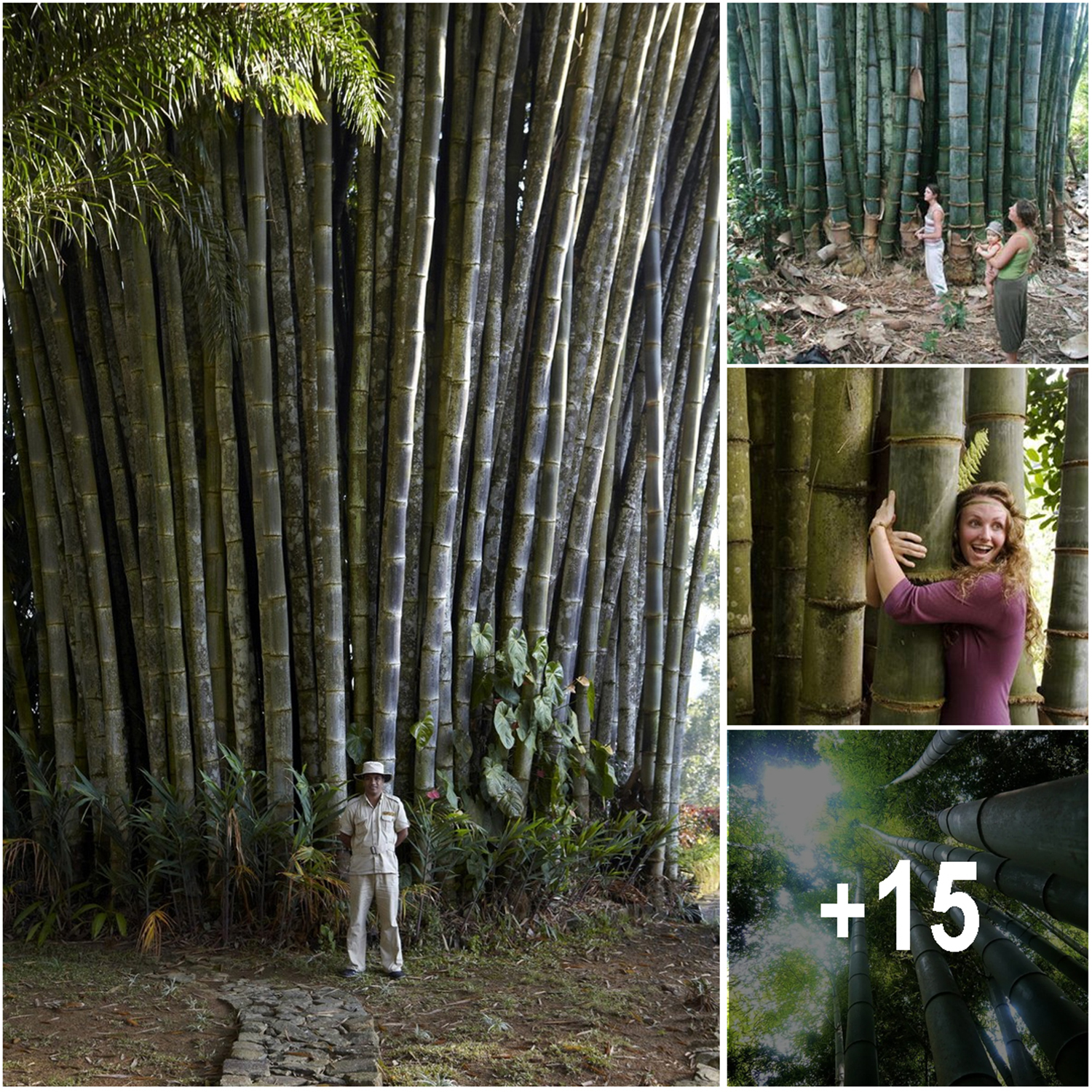The giant bamboo is not only the tallest in the world, but also one of the fastest growing and most versatile.
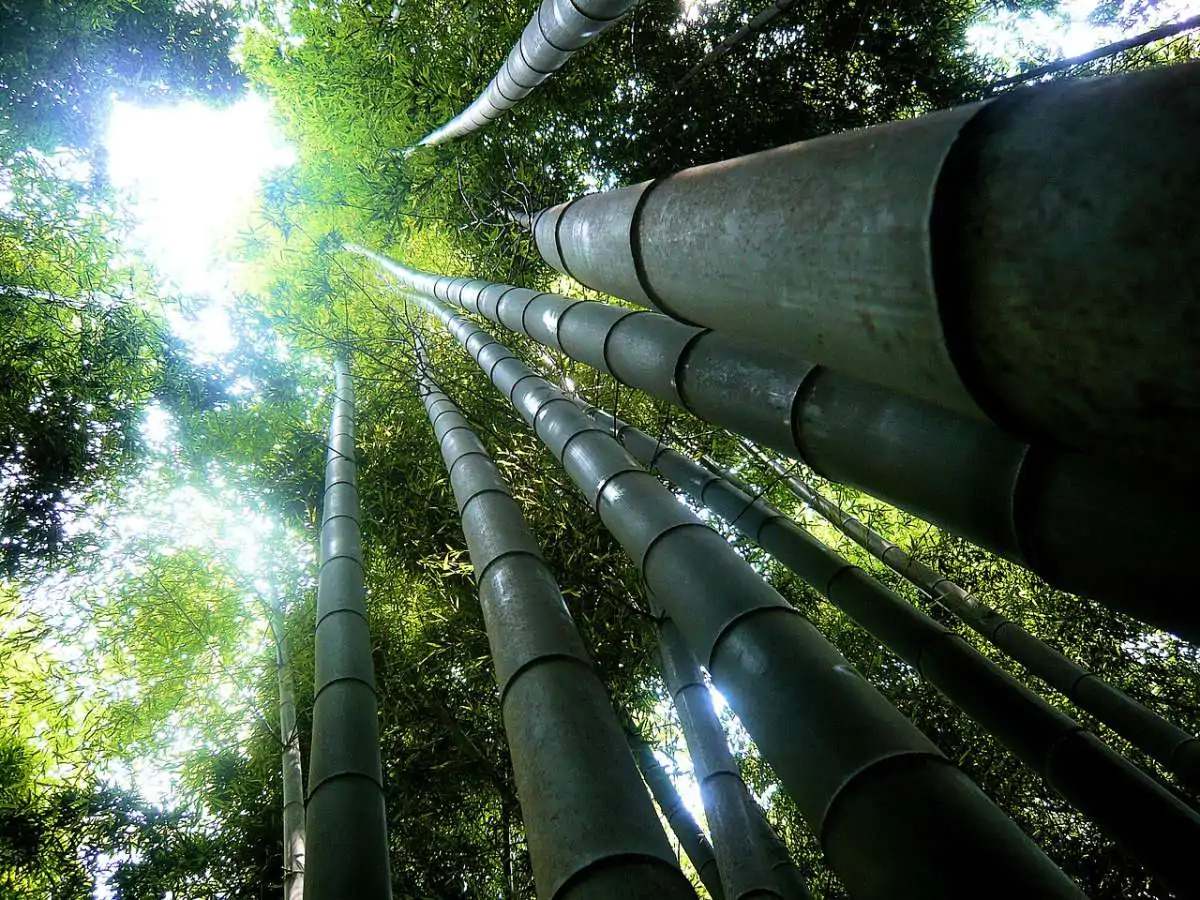
Dendrocalamus giganteus is the tallest bamboo species in the world. Photo: Stéfan Le Dû
Native to Southeast Asia, where it grows in forests and on river banks, Dendrocalamus giganteus, also known as giant bamboo, is the tallest and and one of the largest varieties of bamboo. These skyscraper plants can reach a height of up to 50 meters (164 feet) – that’s taller than a 10-story building!
The diameter of the individual culms can reach to 35 centimeters (14 inches), while the internodes (sections between the nodes) are 25 to 40 centimeters (10 to 16 inches) long. The walls of the culms are thin, rarely exceeding 2.5 centimeters (1 inch) in thickness, and they branch only at the top, where they produce leaves and flowers.
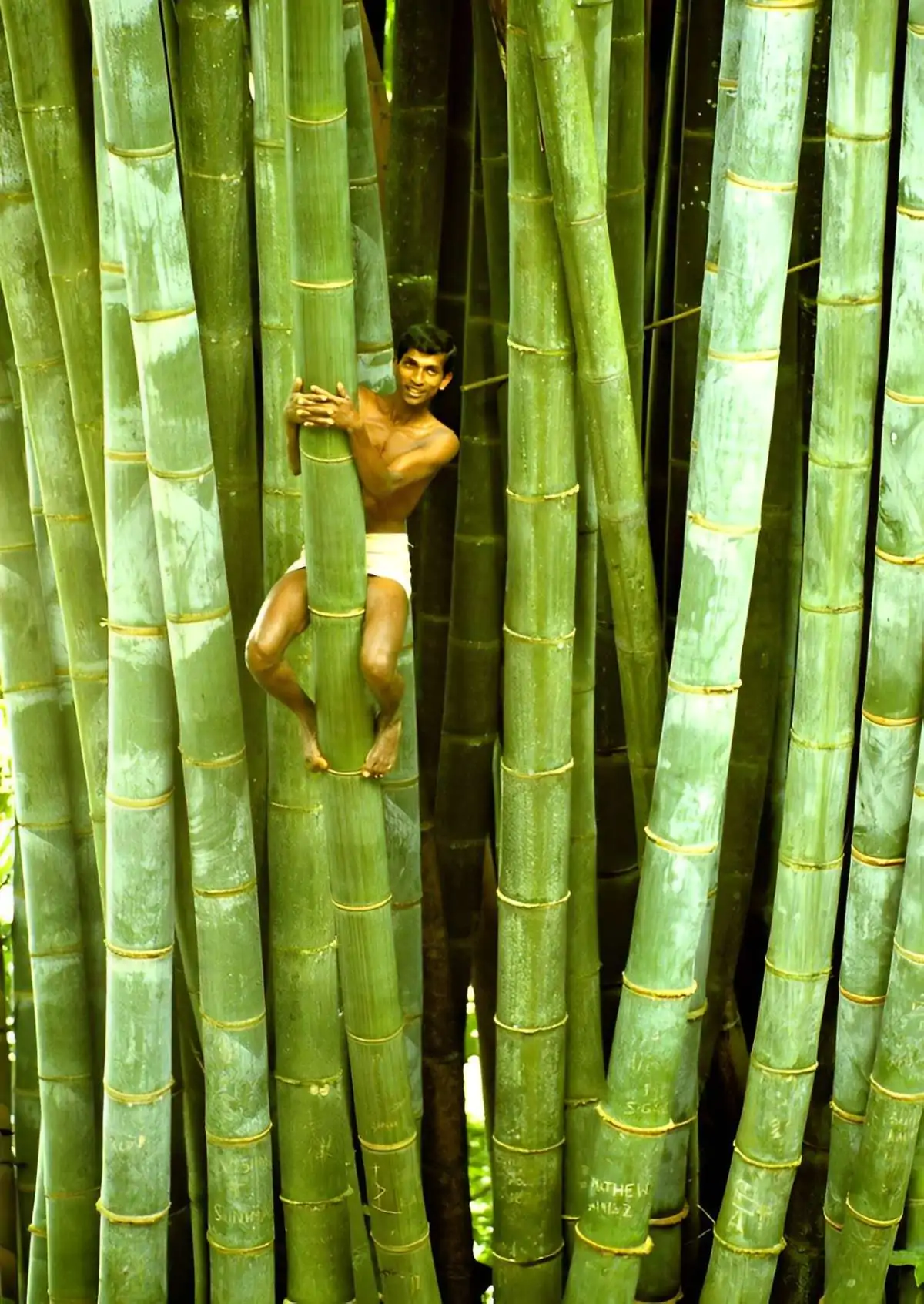
The giant bamboo can reach a height of up to 50 meters (164 feet). Photo: Francesco Veronesi
But the giant bamboo is not only tall (and wide), it’s also fast. How fast? Well, it can grow up to 40 centimeters (16 inches) per day under favorable conditions. The record for the species was set in Sri Lanka in 1903, where a new shoot grew 46 centimeters (18 inches) in 24 hours. That means you can literally see the bamboo growing before your eyes.
The flowers are produced in large panicles (branched clusters) at the end of the branches, usually once every 40 years, which is remarkable given that plant only has a lifespan of about 60 years. The flowering cycle is unpredictable and varies according to environmental factors.
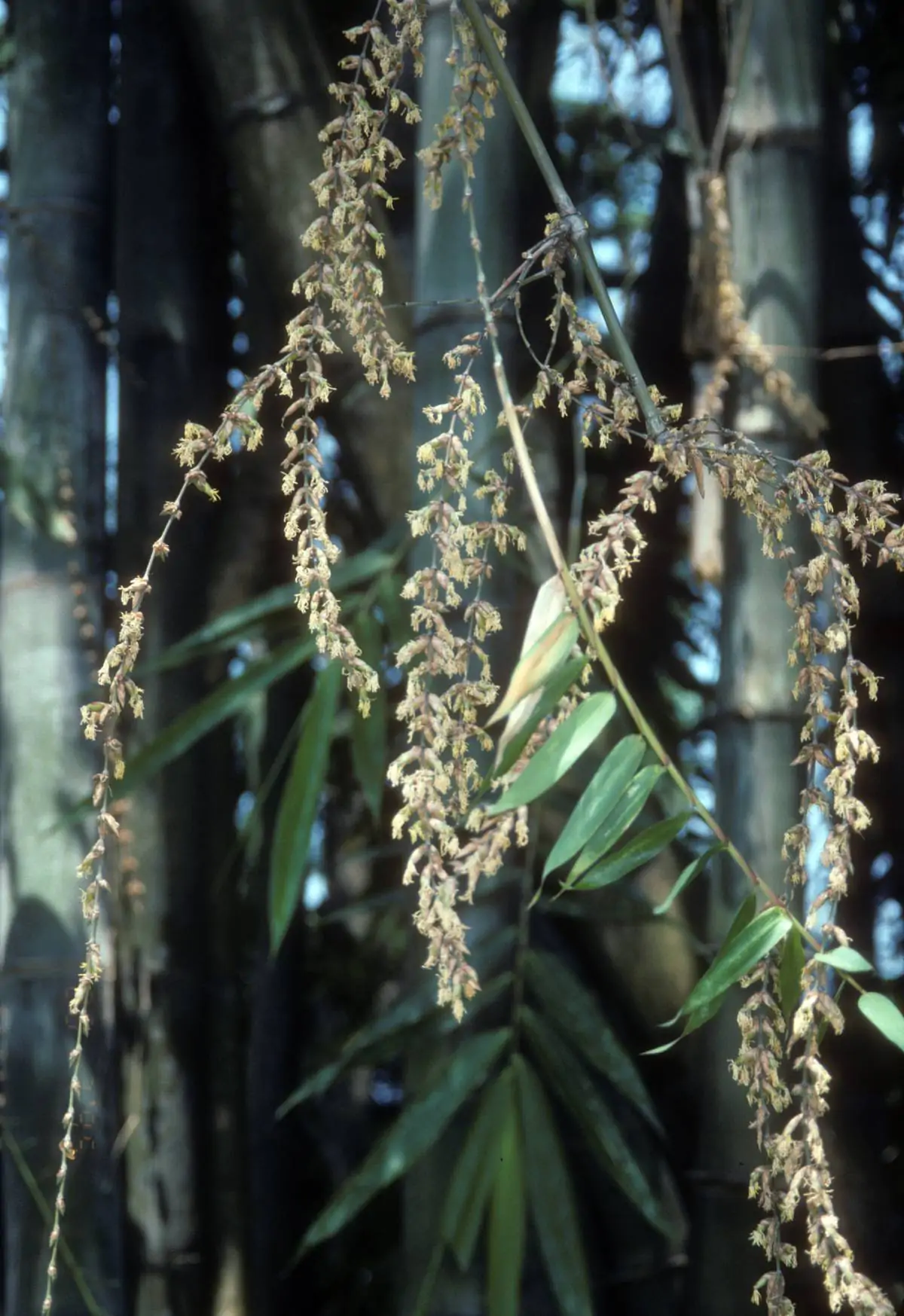
Dendrocalamus giganteus flowers. Photo: Scott Zona
Now, you may wonder what the benefits of growing such a huge plant are. Well, the giant bamboo has many uses for humans and animals. For one thing, it’s edible. The young shoots are harvested and cooked as a vegetable or pickled. They are rich in protein, fiber and minerals, and have a sweet and crunchy taste. They are also used as animal fodder, especially for elephants and pandas.
But the giant bamboo is not only good for food, it’s also good for construction and crafts. The culms are extremely strong and durable, and can be used to build houses, bridges, furniture, musical instruments and more. They are also eco-friendly, as they sequester carbon dioxide and produce oxygen. The giant bamboo is also used for weaving baskets, mats, hats and other items. The leaves are used for roofing and mulching.
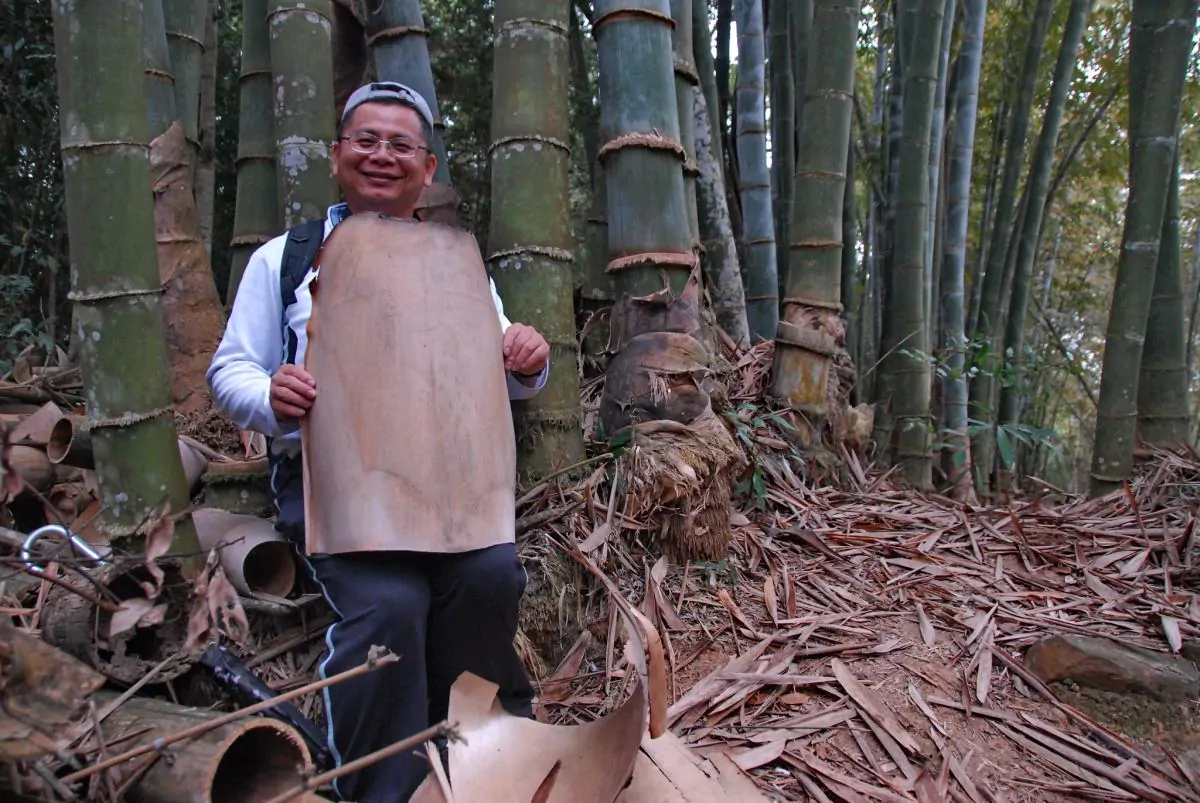
The culms are extremely strong and durable and have many uses. Photo: LiChieh Pan
As you can see, the giant bamboo is a remarkable plant that deserves our admiration and respect. It is a symbol of strength, resilience and beauty. If you want to grow your own giant bamboo, you need to have a large space and a warm and humid climate – similar to that found in its native India, Myanmar, Thailand and China’s Yunnan province.
You also need to water it regularly and fertilize it with organic matter. You can propagate it by seeds or division, but be aware that it flowers very rarely (once every 40 years, as noted above) and the plant may die after flowering.
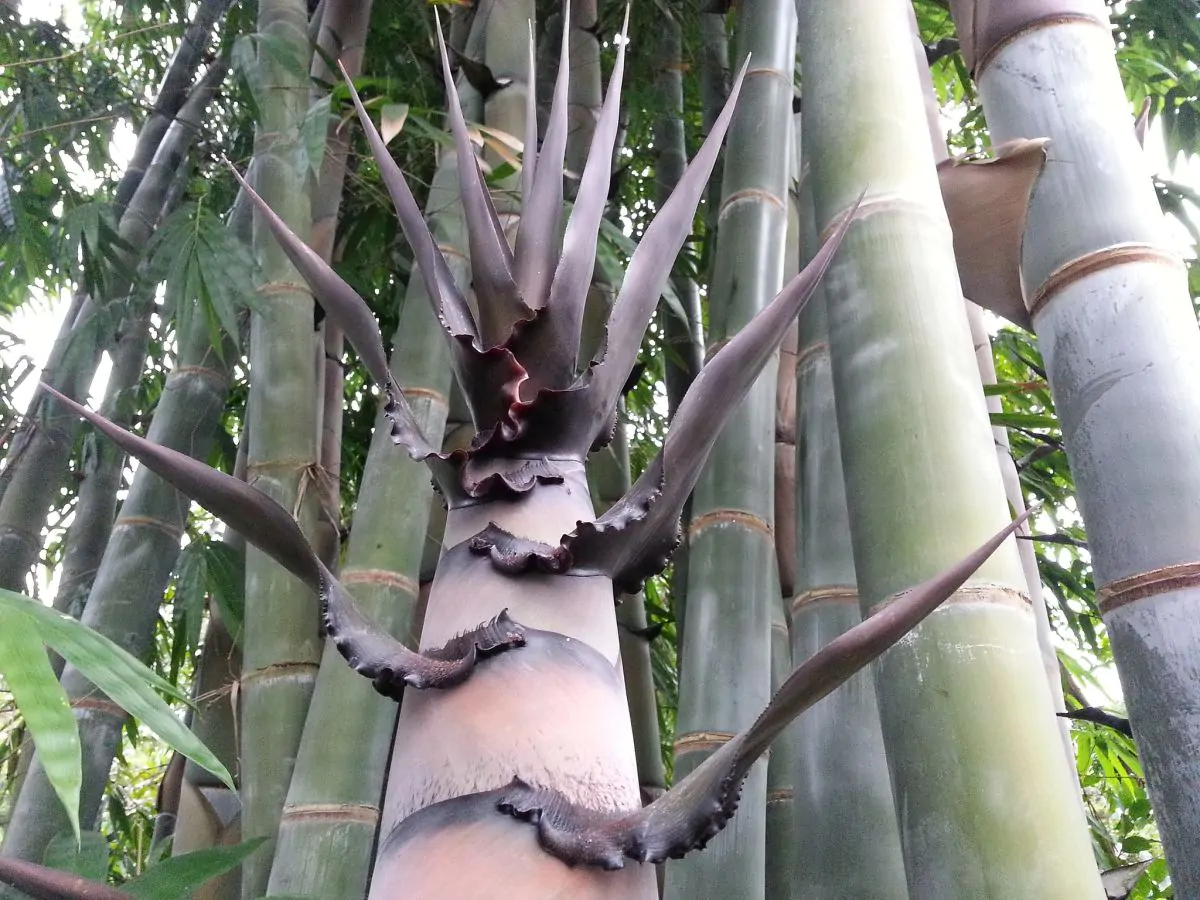
Yes, you can enjoy the beauty of the giant bamboo in your garden – if you have the space and the climate! Photo: Maria Vorontsova
That said, Dendrocalamus giganteus is a magnificent bamboo that can add a tropical flair to your garden. If you have enough space and the right conditions, nothing should stop you from enjoying its beauty and benefits.
- 16shares
